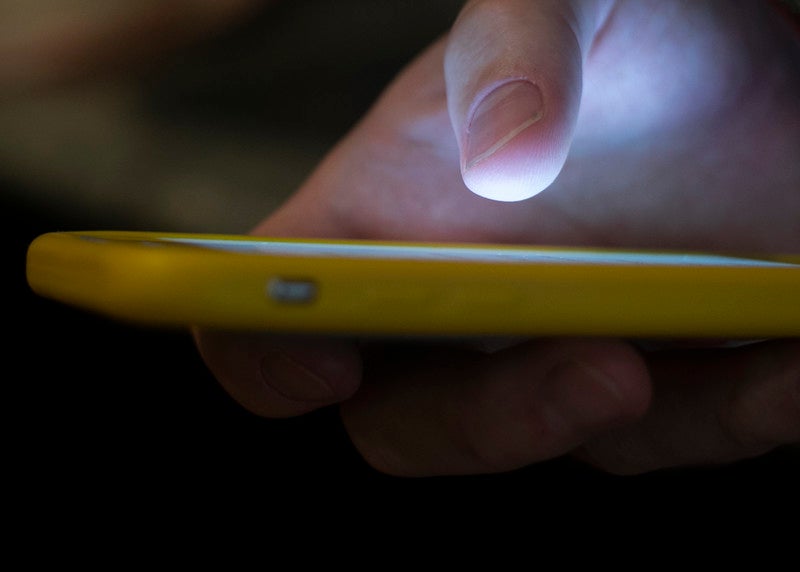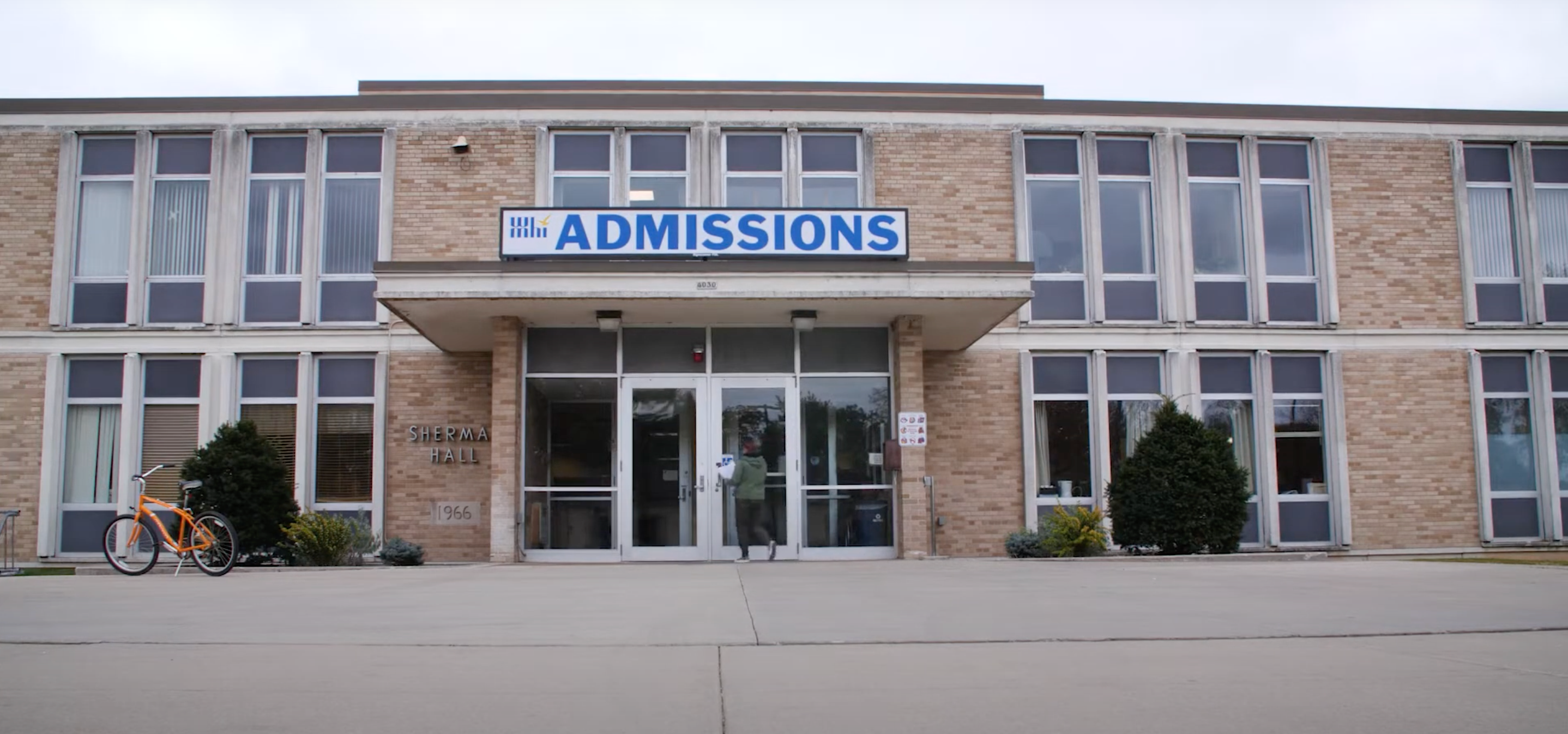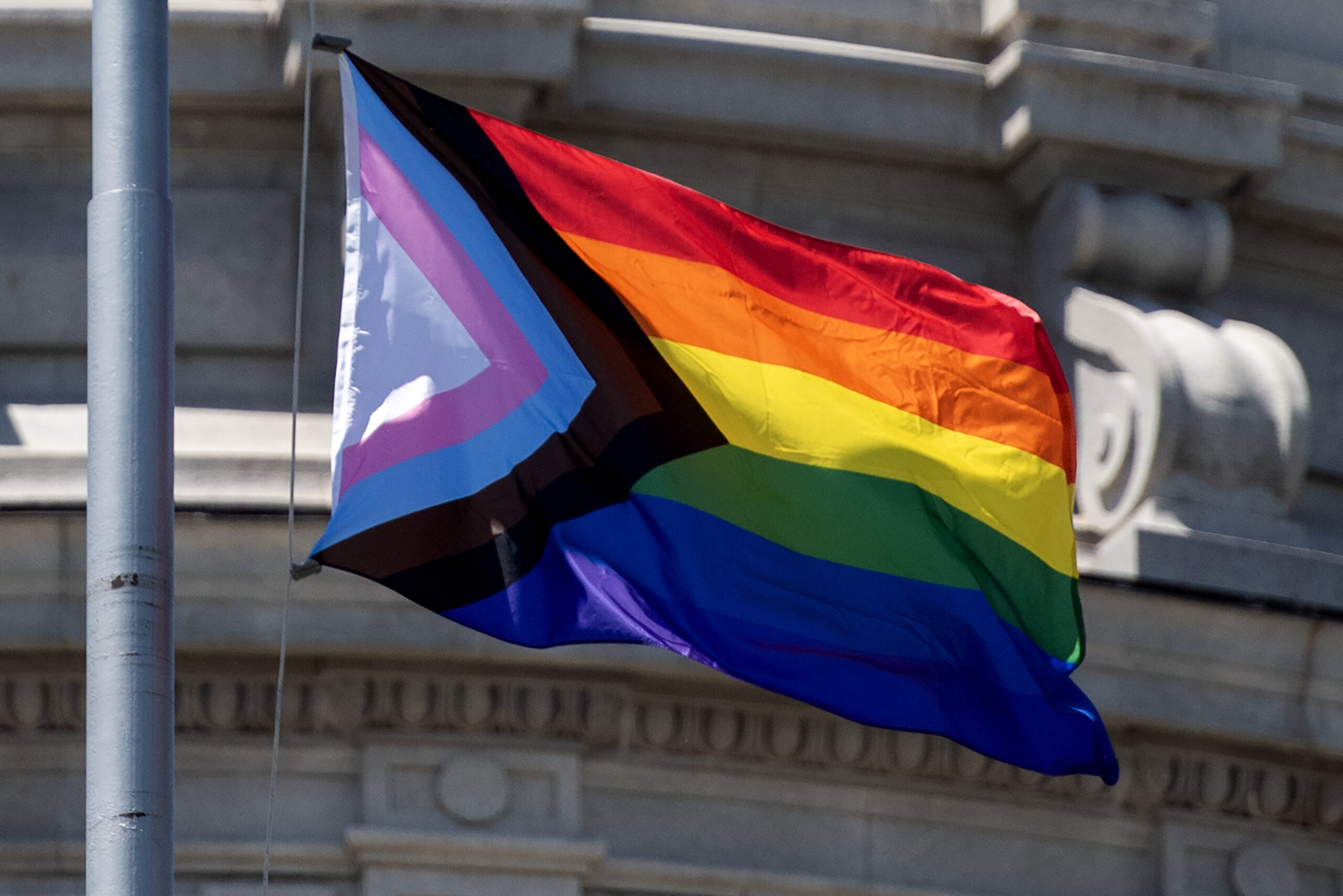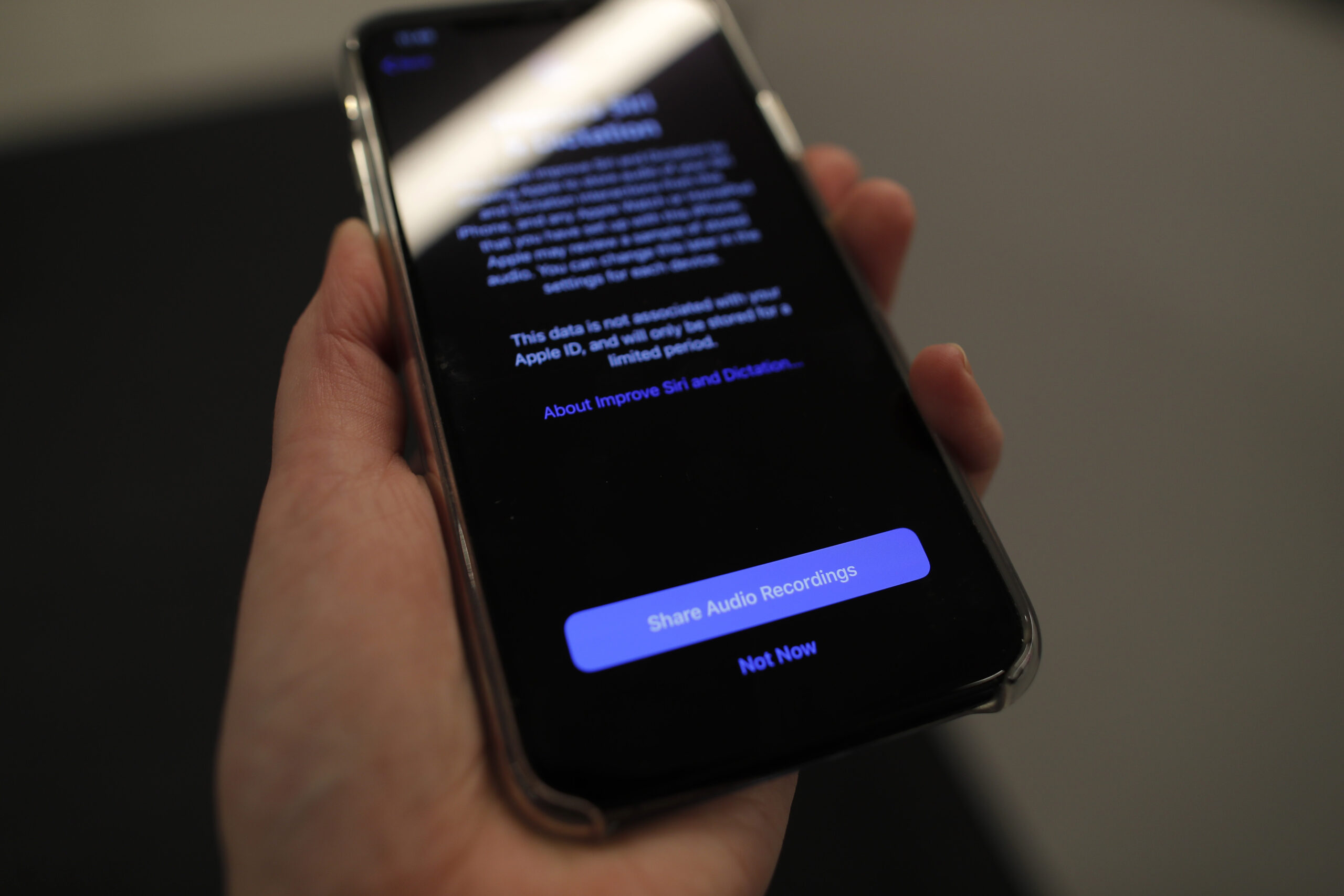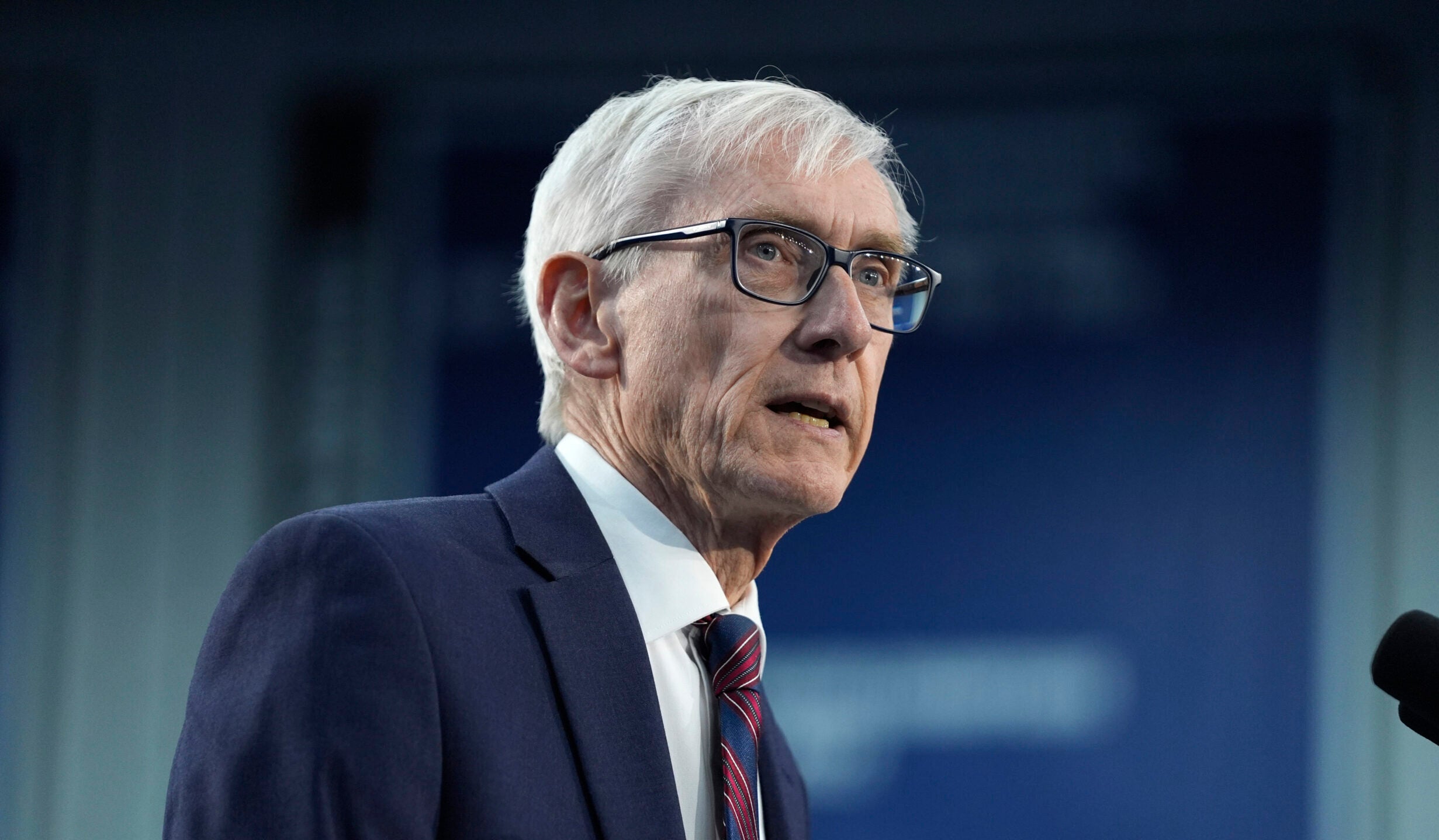The number of people calling a statewide mental health hotline has exceeded predictions in its first year.
The 988 Wisconsin Lifeline service began a year ago Saturday, part of a nationwide launch in July 2022 of a 988 Suicide and Crisis Lifeline. The national phone number — modeled on the easy-to-remember 911 emergency line — replaced a patchwork of crisis lines that existed here and around the country in the past.
In Wisconsin, according to the state Department of Health Services, people have reached out for help through the service about 91,000 times between its launch on July 16, 2022 through July this year. That’s up from between 35,000 and 40,000 calls to the state crisis line during the same period last year.
News with a little more humanity
WPR’s “Wisconsin Today” newsletter keeps you connected to the state you love without feeling overwhelmed. No paywall. No agenda. No corporate filter.
Nationwide, about 5 million people have contacted 988 over the last 12 months.
Caroline Crehan Neumann, DHS Crisis Service Coordinator, said Wisconsin’s call volume is up about 74 percent. “That put us at number two in the nation,” she said, for increased call volume.
Neumann encouraged people who are struggling with their mental health or those trying to help a loved one to consider calling the help line
“Just try it. You can share as much or as little information as you like. You can call and not even provide your name. The service is completely free and confidential.” Neumann said. “It can be as intensive or as relaxed as you need it to be.”
The service takes calls, texts and chat messages. Shelly Missall, the program manager, said about 25 to 30 percent of those calls involve people considering suicide. The balance of calls are from those discussing other mental health issues.
“We probably average that about 45 calls a month are ending in some sort of call for a welfare check or EMS, some kind of outside intervention,” Missall said. “Which actually translates to half a percent … of our total overall calls.”
Because of the confidential nature of the program, Missall said, it’s tough to evaluate its impact on callers. People who contact 988 can take part in follow-up calls if they like, but only about 750 to 1,000 callers a month do so, she said.
The program serves residents throughout the state. It is managed by Family Services of Northeast Wisconsin, with staff trained to help people manage stress, to provide emotional support and to connect callers with resources in their area.
Neumann said one of the challenges of the program has been hiring enough staff to keep it running, especially in light of the large increase in call volume. When it launched, the state was anticipating about 55,000 calls a year. They’ve recently added the ability for staff to work remotely in the hope of attracting more applicants.
At times when the Wisconsin Lifeline is unable to take a call or text, the contact is automatically routed to a backup support center, which may be outside the state.
The program is funded through federal grants. Gov. Tony Evers included $3 million in state funds for Wisconsin Lifeline in his most recent proposed budget, but that funding was cut by the Joint Committee on Finance and was not included in the budget ultimately approved by the legislature.
Editor’s note: This story has been updated to reflect the service is managed by Family Services of Northeast Wisconsin.
Wisconsin Public Radio, © Copyright 2026, Board of Regents of the University of Wisconsin System and Wisconsin Educational Communications Board.
